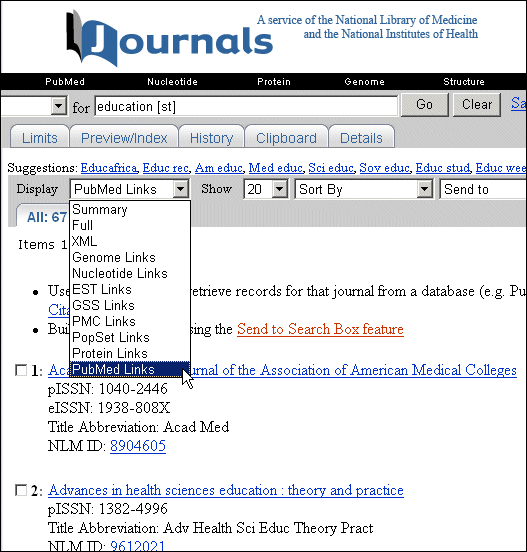6).USE OF REPRINTS OF ARTICLES :-

Traditionally, the author of an article is required to transfer the copyright to the journal publisher. Publisher claimed this was necessary in order to protect author’s rights and to coordinate permission for reprints or other use. However many publisher now give permission to edit, print and distribute the article commercially, but the author retain the other rights themselves. Even if they retain the copyright to an article they allow their authors certain rights which include the ability to reuse parts of the paper in the author’s work and allow him to distribute a limited number of copies. In the print format such copies are called as reprints. In the electronic format it is called as post prints. And many online accessible journal do not take charges for the re-print of the journals. Rights for reprinting is generally holded by publisher’s of the related and author of that particular articles. If we want reprint of th


.jpg)


.jpg)

.jpg)
.jpg)
.jpg)
.jpg)
.jpg)
.jpg)


